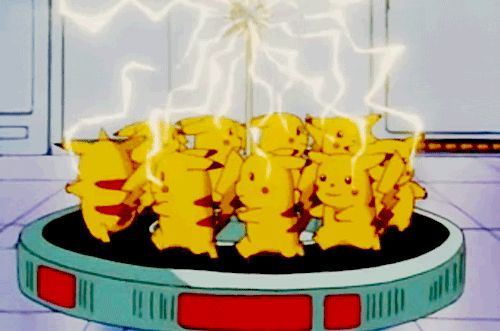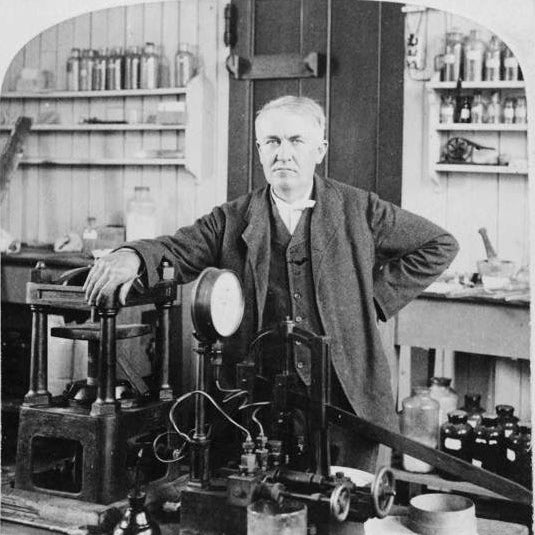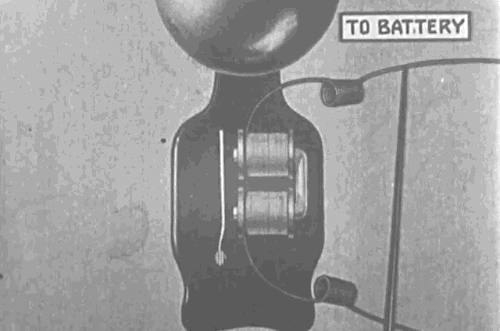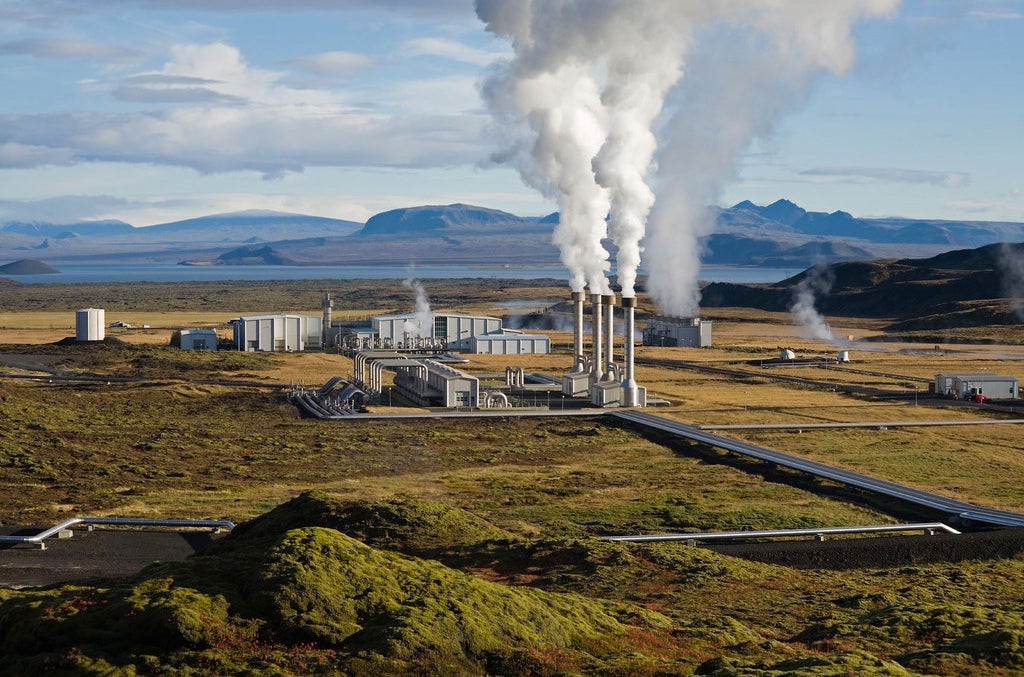1. Before power is sent to your house, it's produced in gigantic generator facilities.


The image on the right illustrates how electricity is generated.
2. Electricity travels from generation facilities to your house by the power of transformers.


3. The first-ever full-scale power plant was built in 1882 in New York City by Thomas Edison.


4. Even though most of today's power plants are large and controlled by computers, the "electromagnetic induction" method of generating electricity is the same as it was 120 years ago.


5. Often, energy supports energy. Renewable sources like wind and solar need to be backed up when the wind isn't blowing or the sun isn't shining, and are most often sustained by natural gas.


6. In the span of a single century, electricity has gone from simply emerging to becoming the single-largest use of energy demand today.
7. A century ago, it would have taken approximately 50 hours to produce 100 bushels of wheat. With today's energy and technology, it only takes about three hours.
8. In Iceland, hot water generated from local geothermal heat plants runs under sidewalks and pavement to melt ice for easier commuting.


9. In the U.S., refrigerators account for approximately 5% of total home energy consumption.
10. About 33% of global energy supply is used for heating, lighting, and cooling buildings.
11. And less than 30% is used in transportation; moving people, goods and, of course, dogs.
12. The U.S. is using more than 1,500% more wind and solar energy sources than it was back in 2000... and they are still only a small fraction of our total energy supply.
13. However, 1.3 billion people worldwide still lack electricity. This is roughly equal to the entire population of China.

